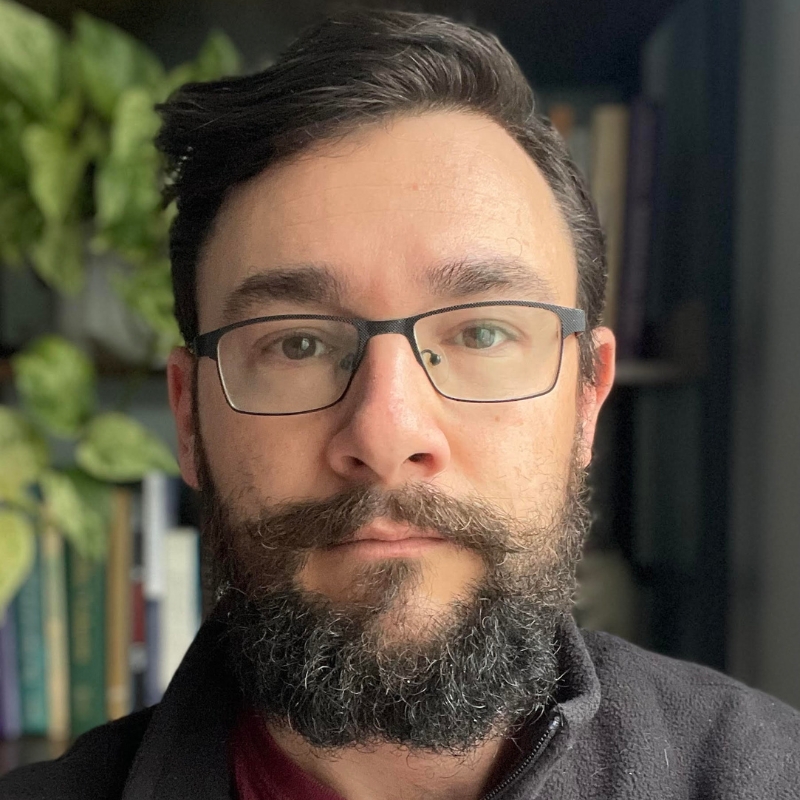M’erev ad boker, “from evening until morning” (Exodus 27:21).
Dusk arrived softly that November night as I walked into my senior rabbi’s home. I was only a few months ordained, still figuring out the job, still figuring out the world, (ongoing projects, I’ve learned). I saw my colleague and some friends laughing and chatting in front of a television, and I walked towards them, spying along the way a Hillary Clinton cake waiting in the kitchen. The last few rays of light dipped below the window line, and then the results began coming in. Pretty soon, I told my boss I had to go home. It was way too soon in our relationship for her to see me hollow and shattered and definitely too soon in my career to see a soon-to-be-beloved mentor the same way. As I drove home in the dark, I couldn’t stop thinking about that cake. A momentous, once-in-a-lifetime celebration of the first woman to become president turned into a really tasty plate of trash. The political nightfall darkened, and I could only hope that dawn would come again.
Find more commentaries on Tetzaveh.
M’erev ad boker, “from evening until morning,” is the time designated for the ner tamid, the regularly kindled lamp in the Mishkan. Far from an “eternal light,” as it often gets translated, it is simply a light that we keep rekindling every time night falls. Rashi tells us that “[doing something] every night is called tamid.” You might say that in addition to meaning “always, continual, regularly,” tamid evokes a stubborn, persistent practice of meeting the darkness each time it comes. Stubborn, persistent consciousness — tamid consciousness — throws out yesterday’s cakes (the ones we so wanted to eat) and calls us to a different course.
M’erev, from the moment of encountering nightfall, lift up the lamp of tamid consciousness. In moments of fear, worry, anger, depression, we are in danger of contracting and isolating. There is a misunderstanding of the ner tamid that champions the fantasy of perfect inwardness. This fantasy imagines that the flame burns brightest inside ourselves, that we can shut out the world and thrive on our own without any of the messy encounters with others. In the political realm, this fantasy moves people to support and enact cruel and xenophobic immigration policies.
In midrash Sifra (Tzav 1:16), the sages wonder about the lamp’s source of ignition. They point out that in the Mishkan, there is an outer altar and an inner altar. The lamp is near the inner altar. Perhaps the light source nearest the lamp should be used? But no! This would be a misunderstanding of what the moment needs, choosing convenience over deeper symbolism. The midrash insistently derives (through clever midrashic means) that the lamp should only be lit from the fires of the outer altar.
Tamid consciousness involves moving inward (for rest, renewal, holiness) but then moving back out (for new perspectives, new energy, new connection, new awareness of the darkness) and then back inward (to integrate, to plan), and so on. The ritual movement from inner circle to outer circle suggests to me Rainer Maria Rilke’s poem:
“I live my life in widening circles
that reach out across the world.
I may not complete this last one
but I will give myself to it.”
Find more commentaries on Social Justice: Leadership and Philosohpy.
Night falls because of a natural disaster or an accident, political persecution or economic disruption, war or sickness. Night is an experience of our vulnerability. As another midrash (Bamidbar Rabbah 15:7) notes, only God can create light from darkness. We flesh and blood humans need other light sources to create more light. We need each other’s lights. Taking the Mishkan metaphorically, a friend, colleague, or ally becomes the outer altar. Perhaps even those we consider adversaries have the sacred potential to ignite in us the lamp of tamid consciousness and the willingness to widen our circles and give ourselves to the tasks of care, compassion, advocacy, and love.
Rabbi Jay Asher LeVine serves as one of the rabbis at the Kavana Cooperative in Seattle, WA. He was ordained at Hebrew Union College — Jewish Institute of Religion in 2016.

